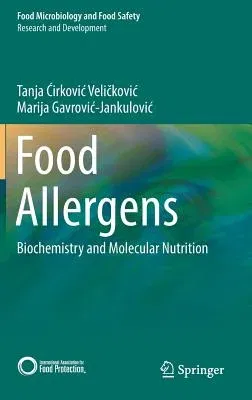A food allergen has the ability to first elicit an IgE response, and
then, on subsequent exposures, a clinical response to the same or
similar protein. How harmless food protein becomes recognized by the
mucosal immune system as an allergen remains an open question and more
data are needed to explain how regulatory mechanisms of the mucosal
immune system fail and result in allergic sensitization to dietary
antigens.
Some biochemical characteristics associated with food allergens, such as
the presence of multiple, linear IgE-binding epitopes and the resistance
of the protein to digestion and processing, seem to predominate among
food allergens. Digestion susceptibility of food allergens that
sensitize via the gastrointestinal tract and stability to food
processing conditions are inherently related to protein structural
features. Thereby, physiological changes in the digestion process,
pathological conditions affecting digestion, as well as procedures and
food processing conditions that affect protein structure may all have a
profound effect on the sensitizing potential and allergenicity of food
proteins. In addition, signals coming from the diet and micro biome can
modulate regulatory mechanisms of the mucosal immune system and
influence mucosal immunity and intestinal barrier function.
The detection of allergenic ingredients in food products has received
increased attention from the food industry and legislative and
regulatory agencies over recent years. This has resulted in the
improvement of applied safety measures that provide protection for
food-allergic consumers and development of sensitive and highly specific
analytical methods of food allergens detection. Food allergy is an
important and common health issue and therefore there is a need to
characterize the sensitizing potential of newly introduced proteins in
genetically engineered foods. A combination of in vitro and in
silico methods provide information that contributes to safety
assessment. Suitable in vivo models may provide a more holistic
assessment of allergenic potential of novel food proteins.

